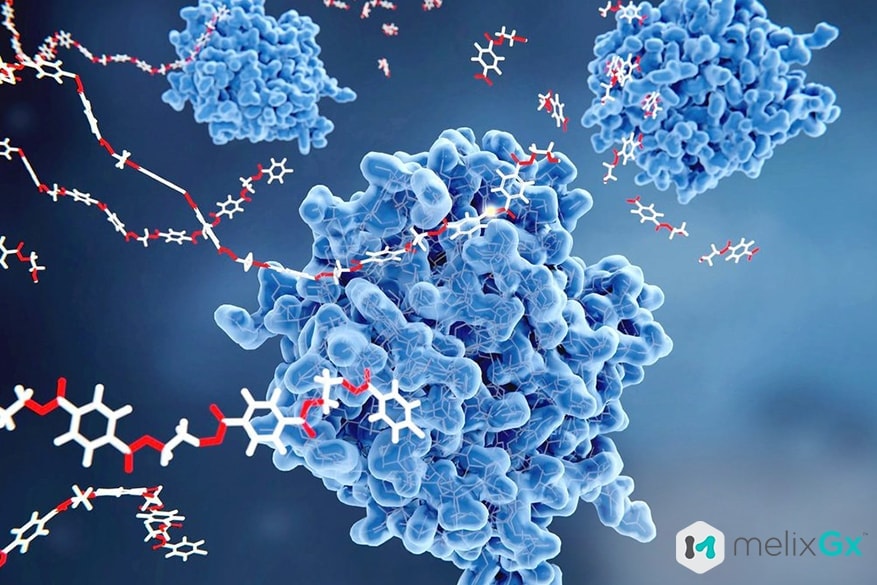Endocannabinoid System and Its Relationship with Cannabis

As the popularity of medical and recreational cannabis continues to grow, people are becoming more aware of its potential benefits. In fact, interest in cannabis has spread across different industries such as food, beverage, and even genetics.
The inclusion of cannabis within the food industry may be simple to comprehend, as cannabis can technically be infused or mixed in almost any type of food or beverage. But when discussing genetics, how does cannabis fit into the equation?
The answer lies in the study of the endocannabinoid system and how compounds found in cannabis affect its various functions.
What is the Endocannabinoid System?
The endocannabinoid system (ECS) is a biological system in mammals that plays a significant role in regulating the function of the brain, endocrine, and immune tissue. Therefore, the ECS has a direct influence on various processes like memory storage, pain-sensation, metabolism, stress response, energy balance, and sleep among many other processes.
The ECS consists of three main components:
Cannabinoid Receptors
These receptors can be found on the outside of cells and serve as informants to the cell. They “inform” cells about changing conditions in the body to kickstart appropriate cellular response.
Endocannabinoids
Endocannabinoids are molecules responsible for activating cannabinoid receptors by binding themselves to the receptors. Endocannabinoids are produced naturally by the body and are similar to plant cannabinoids like THC and CBD. The main difference between endocannabinoids and cannabinoids is that endocannabinoids are made in the body (the Greek prefix “endo” means “internal.”)
Metabolic Enzymes
Metabolic enzymes synthesize and rapidly destroy endocannabinoids soon after they are used. Their primary function is to ensure endocannabinoids are used only as they are needed, so they don’t remain stored in the body like most biological molecules.
How Does Cannabis Interact with the ECS?
There are two significant receptors which are responsible for the effects of cannabinoids in our bodies: CB1 and CB2. They were discovered in the early 1990s and remain the most studied parts of the endocannabinoid system. These are the receptors that interact with plant cannabinoids like THC and CBD.
CB1 receptors are located throughout our brains and central nervous systems. THC has been proven to have a high binding affinity to CB1 receptors which is why high concentrations of it will often have a potent effect on our minds and motor functions. For this same reason, patients suffering from depression, pain, and the side effects of chemotherapy often use strains with high levels of THC.
While CB1 receptors are found mostly in the brain and nervous system, CB2 receptors are expressed mostly throughout our immune system. Among many functions, CB2 receptors are partly responsible for regulating inflammation, one of the primary causes for a variety of conditions and diseases. That’s the reason cannabinoids like CBD or THC provide relief when they interact with and activate CB2 receptors in our body.
Making the Most of Cannabis
While our bodies naturally produce endocannabinoids, endocannabinoid deficiency or the shortage of endocannabinoids is relatively common. Researchers and medical professionals have found that endocannabinoid deficiency can lead to a host of disorders particularly those related to the nervous system, immune system, and inflammation. Conditions and diseases that can be treated with cannabis include:
- Pain: By interacting with pain modulating receptors, cannabinoids can alleviate physical pain and discomfort related to exercise, work, or injuries.
- Depression and PTSD: The calming effects of THC and CBD can significantly reduce anxiety and stress levels which often trigger depressive and PTSD-related episodes.
- Insomnia: Cannabis has relaxing and soothing properties that promote sleep. Additionally, by reducing stress and anxiety levels, cannabis helps to achieve more restful sleep.
- Neurodegenerative Diseases: Research has found that cannabinoids found in cannabis can stimulate brain function, thus reducing the early onset of Alzheimer’s and Parkinson’s disease.
- Autism: CBD and THC can help with symptoms of autism like aggressive behavior, impulsivity, and self-harm.
- Cancer: Cannabinoids found in hemp alleviate the pain that comes with a cancer diagnosis and treatments like chemotherapy.
- Diabetes: Cannabis reduces inflammation in the pancreas which can combat the symptoms of diabetes and may even prevent it.
- Epilepsy: Cannabis has long been known to be extremely useful in reducing the frequency of seizures in epileptic patients. In 2018, the FDA approved the first CBD-based medication to treat epileptic seizures.
Find What is Right for You
The expression of cannabinoid receptors and endocannabinoids in a person’s system is as unique as their fingerprint. This means that different people react differently to cannabis and cannabinoids like THC and CBD. Some patients may benefit from a Sativa strain, while others may find an indica or hybrid strain more helpful. Cannabinoid dosage and type of consumption (inhalation, edibles, etc.) also vary from person to person.
To learn more about how your endocannabinoid system functions and how cannabis can improve your health and wellness, you can get an individualized personal report from companies like MelixGX. MelixGX offers cannabis testing kits that analyze genes that serve as predictors for a wide range of conditions and identifies how cannabis may, or may not, be helpful.
For more information on MelixGX and our services, click here.

